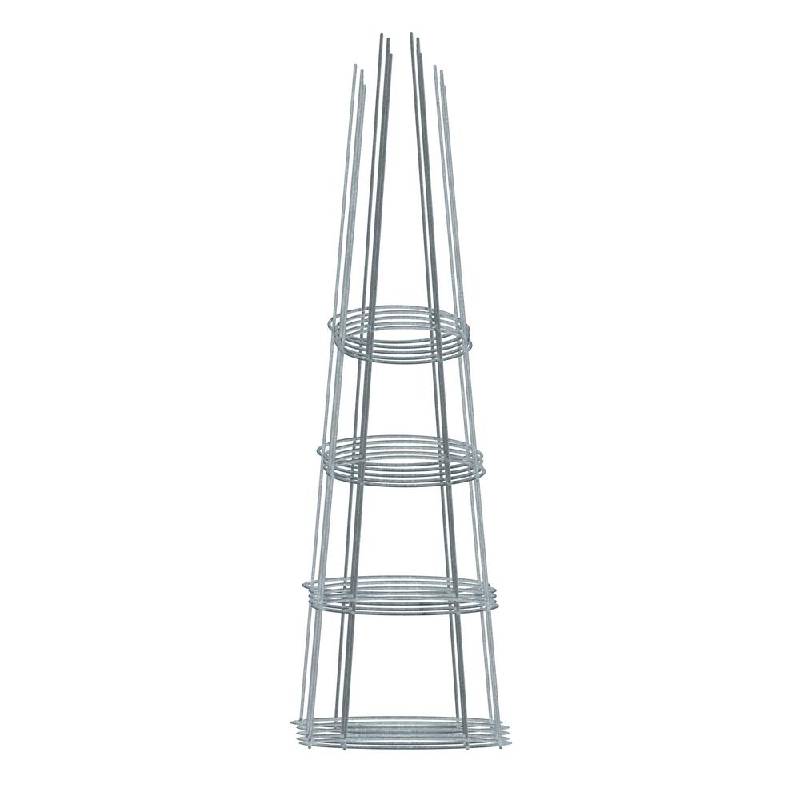
- Mobile Phone
- +8613931874955
- sales@cntcmetal.com
Connecting Masonry Blocks with Durable Tie Solutions for Structural Integrity
Understanding Masonry Block Ties Their Importance in Construction
Masonry block ties are essential components in modern construction, particularly when it comes to ensuring structural integrity and stability in buildings made from masonry materials. These ties act as connectors between different masonry units, providing strength and support to the overall structure. In this article, we will explore the purpose of masonry block ties, their types, installation process, maintenance, and the advantages they offer in construction.
What Are Masonry Block Ties?
Masonry block ties are hardware pieces made from materials such as metal or synthetic polymers that link individual masonry units together. Their primary purpose is to provide lateral support, preventing movement caused by forces such as wind, vibration, or seismic activity. By securing these blocks and preventing them from shifting apart, masonry block ties significantly enhance the durability and longevity of buildings.
Types of Masonry Block Ties
There are several types of masonry block ties, each designed for specific applications and structural requirements
1. Wall Ties These ties are used to connect two walls, such as a brick veneer to a backup wall. They ensure that both walls act as a single structural unit while allowing for differential movement.
2. Lateral Ties These ties are utilized to provide horizontal support within a wall, ensuring that the masonry units remain securely positioned. They help in resisting wind and seismic forces.
3. Head Ties Installed at the top of a masonry wall, head ties create stability and prevent the bowing of units due to weight or external pressure.
4. Shelf Angles Although slightly different from traditional ties, shelf angles are horizontal components that support the weight of masonry above openings such as windows and doors, distributing the load evenly.
5. Anchor Ties These ties secure masonry walls to structural elements like steel frames or concrete elements, offering additional support in taller structures.
Installation Process
The proper installation of masonry block ties is crucial for their effectiveness. The process typically involves the following steps
1. Planning Before installation, engineers must conduct a thorough analysis of the structure's design and load requirements. This planning phase determines the type and placement of ties needed for optimal performance.
masonry block ties

2. Placement Ties are usually installed during the masonry construction phase, embedded within mortar joints or directly fixed to masonry units. The placement must be consistent with building codes and manufacturer specifications.
3. Spacing The spacing between ties varies depending on factors such as the height of the wall and the type of masonry used. Typically, ties are placed every 16 to 24 inches vertically and at specific horizontal intervals.
4. Inspection Once installed, a thorough inspection ensures that all ties are positioned correctly and securely. This step is crucial for maintaining the structural integrity of the building.
Maintenance
Masonry block ties require minimal maintenance, but it’s important to regularly check for rust, corrosion, or any signs of wear and tear, particularly in areas exposed to moisture. Routine inspections can help identify potential issues before they compromise structural stability.
Advantages of Using Masonry Block Ties
Using masonry block ties offers several advantages
1. Increased Structural Stability By connecting masonry units, block ties provide enhanced lateral and vertical support, improving the overall strength of the building.
2. Flexibility Ties allow for some movement between masonry units, which can minimize the risk of cracking and damage during events such as earthquakes or high winds.
3. Cost-Effective While the initial installation of ties may incur costs, their ability to prevent structural failure can save significant repair expenses over time.
4. Compliance with Building Codes The use of masonry block ties often meets local building codes and regulations, ensuring safety and promoting best practices in construction.
Conclusion
Masonry block ties are integral to modern masonry construction, providing critical support and stability. Understanding their types, installation, and maintenance ensures that buildings remain safe and durable throughout their lifespan. As urban environments grow and buildings become more complex, the importance of masonry block ties will only continue to increase, making them a vital consideration in any construction project.
share:
-
Why Sacrificial Formwork Is Redefining Underground ConstructionNewsJun.06,2025
-
The Structural Dynamics of Modern Concrete: How Snake Spacers Revolutionize Flexible ReinforcementNewsJun.06,2025
-
Snake Spacers Smart-Lock Concrete Reinforcement with Surgical PrecisionNewsJun.06,2025
-
Snake Spacers: Reinforcement Precision for Modern Concrete ProjectsNewsJun.06,2025
-
Snake Spacers Powering Concrete's Structural DNANewsJun.06,2025
-
Slither into Success: Snake Spacers' Precision Bite for Unbreakable ReinforcementNewsJun.06,2025
-
Sacrificial Formwork: Building Stronger, Faster, and Safer StructuresNewsJun.06,2025



















